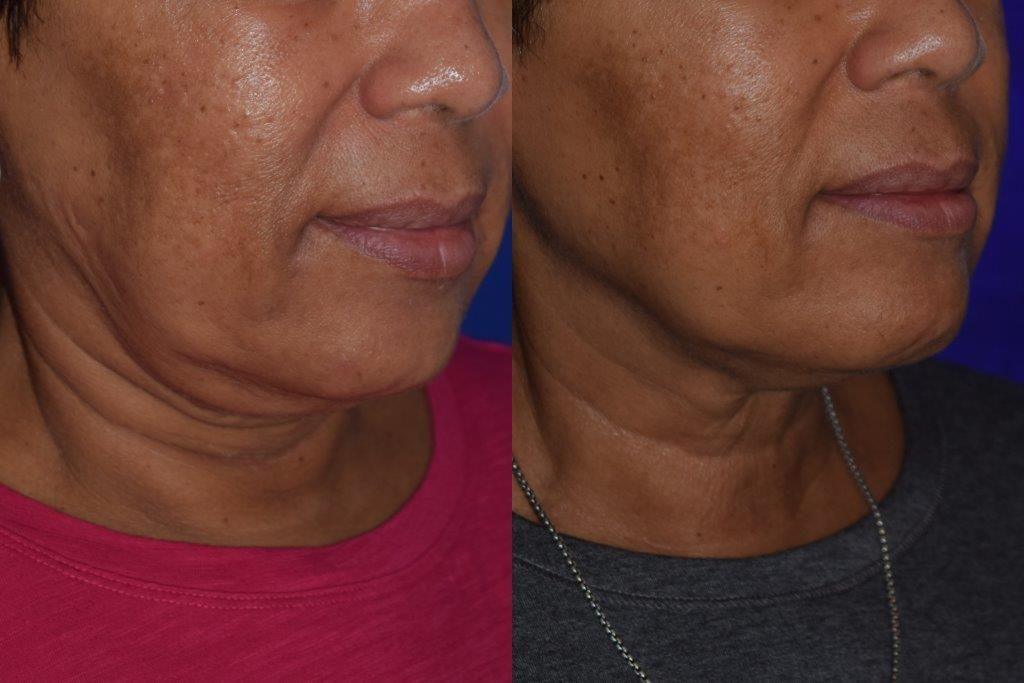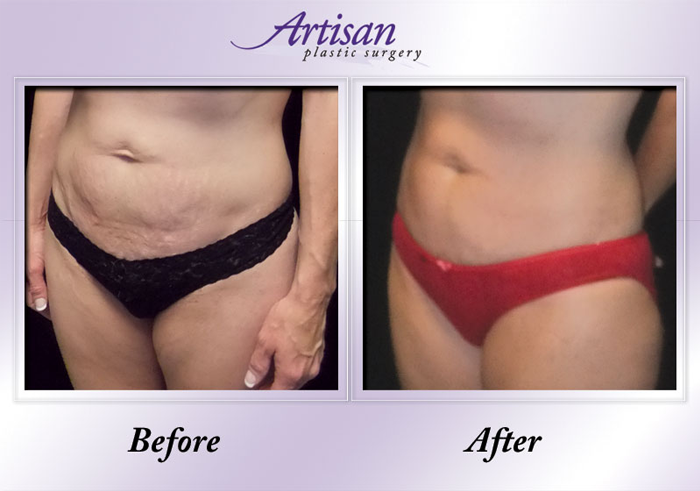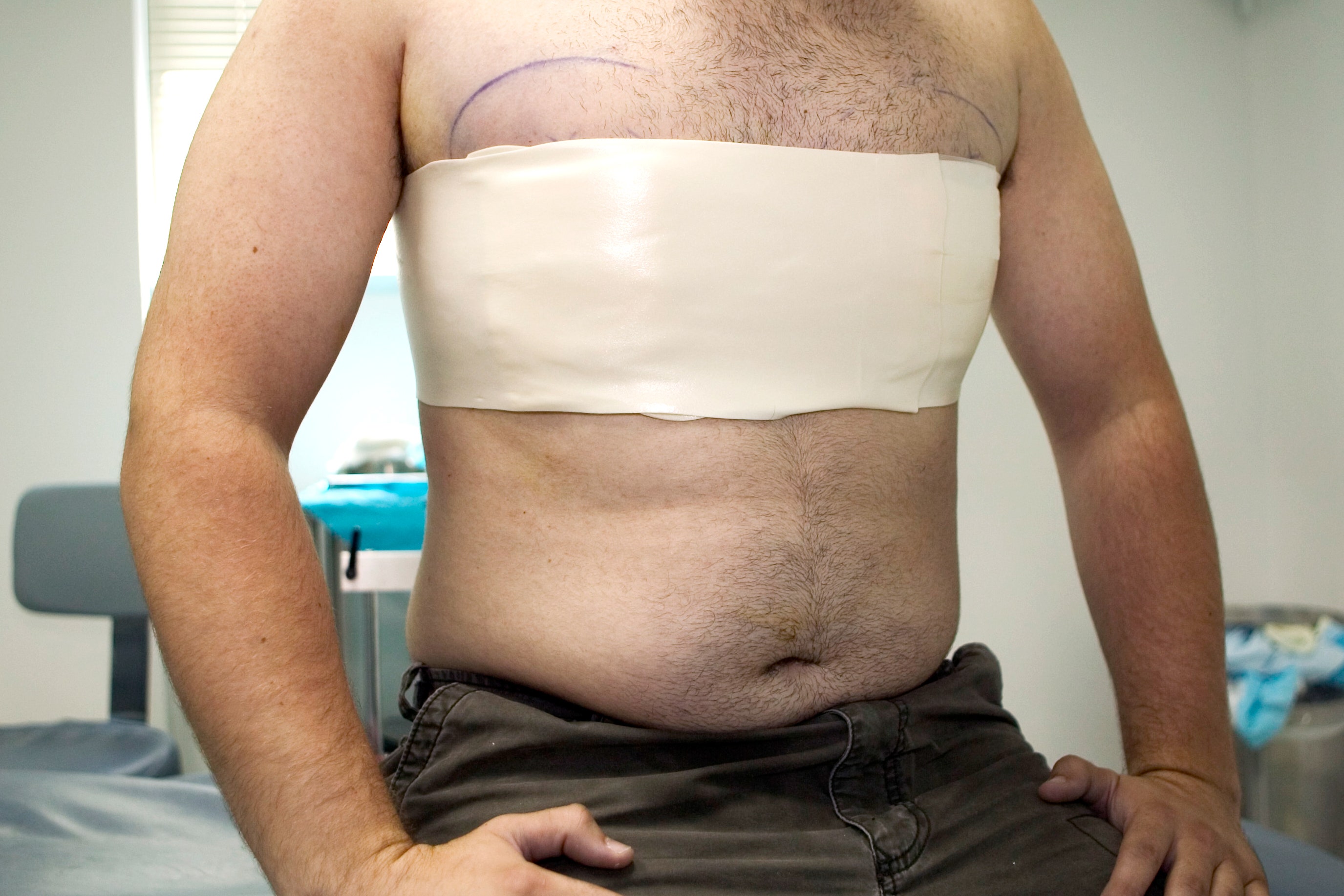
It's possible that you have wondered if the eye Botox treatment is right for yourself. But what are the side effects and how much does eye Botox cost? Continue reading to find out more. You will be covered on cost, eligibility and recommendations. Visit our page on eye Botox to learn more. Also, stay tuned for our upcoming article on the cost and side effects of eye Botox.
Cost
The cost for eye Botox is determined by the type of treatment and the number of units required. Annual visits are less expensive than regular treatments, and insurance may cover you for some of these treatments. If the procedure is performed by a board-certified doctor, it will be covered. Your insurance coverage may not apply if you have a cosmetic condition. Your insurance provider will likely require you to submit a medical record and a prior authorization for treatment.
In New York, some doctors charge by the area or unit treated. Although the price per unit can vary, it can be anywhere between nine and twenty dollars. A single eye will most likely receive five units of Botox, with a higher price if you need more than one treatment. It is important to remember that most medical insurance does not cover cosmetic Botox injections. There are many factors that affect the cost of eye Botox. It is best to consult your doctor before proceeding with this procedure.

Side effects
Eye botox injections work by relaxing the muscles that control eye movement. People with strabismus may experience an abnormal muscle tone or eyelid movement. This is often due to nerve damage around or leading from one eye to another. As a result, visual signals sent from one eye may not be properly interpreted by the brain. Botox injections are a great way to reduce or even eliminate these symptoms.
Drooping eyeslids can also be a side effect. People with Botox injected between their eyebrows may notice their eyelids droop after the procedure. The patient might also notice a drop in eyebrows if botox has been injected into their forehead. Eye drops and creams can be used in such cases to alleviate the eyelid swelling. Some patients may experience dry eye as side effects.
Recommendations
If you are interested in having eye Botox treatment, there are a few recommendations you should keep in mind. Avoid direct sunlight for at the very least one hour following your treatment. Wear UV-protective sunglasses and sunscreen as often as possible. You should wear sunglasses that provide UVA as well as UVB protection. Your stress level should be kept to a minimum in order to care for the skin around your eyes.
In certain cases, the eyelid muscles can twitch involuntarily. Myokymia, which can affect the lower or upper lids, is a condition known as myokymia. Sometimes, both of your eyelids can twitch too much. If your eyelid twitches frequently, Botox injections can help reduce the spasm. Botox treatments should only be performed by a licensed physician.

Patient eligibility
While some insurers do not cover eye botox, Medicare does. Medicare Part D includes botox. Ask your doctor about insurance coverage before you proceed with the procedure. The insurance company will confirm whether the procedure has been covered and will then approve payment. Although you may need to pay a copayment of up to $20, this amount is usually not more than $20. Your doctor will recommend a treatment plan after your initial consultation.
While Medicare will cover most of the costs of eye botox, you may need to pay the rest yourself. Costs vary depending on the number of sessions and how much Botox you use. Consult a doctor if your insurance doesn't cover Botox. The doctor will need to know your health history and any medications you may be taking. Your doctor may ask about your medical history, as certain medications and procedures can interact with Botox. Your doctor might ask about your current anti-depressant and blood pressure medication. Other prescription medications such as painkillers and antidepressants may also be needed. Anesthesia and numbing creams may also be necessary.